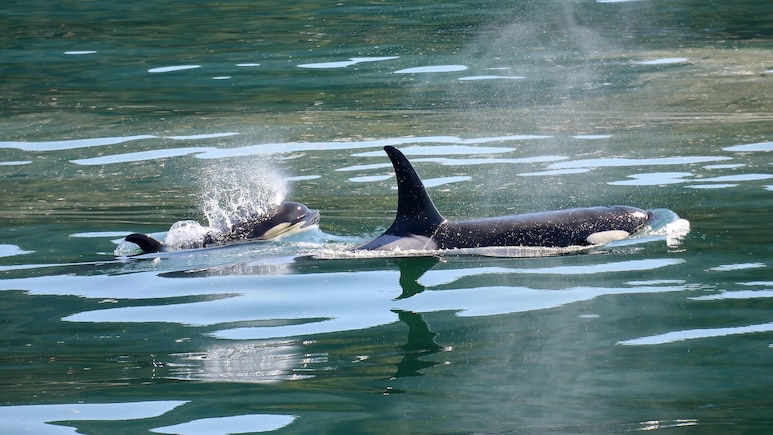
- 26 ecotype D orcas stranded dead on a beach in Argentina's San Sebastian Bay area
- This is the third recorded global mass stranding of orcas in history
- Scientists from CONICET and CADIC are investigating the cause of the stranding
Scientists have been baffled after 26 orcas, better known as killer whales, washed up dead on a beach in Argentina. The mass stranding, which is only the third such occurrence in recorded history globally, took place in a difficult-to-access area north of the San Sebastian Bay.
A team of marine biologists at the National Scientific and Technical Research Council (CONICET) and the Southern Centre for Scientific Investigation (CADIC) have begun investigating the incident. They were first notified of two ecotype D orcas in the bay before the remaining carcasses were found.
"Once there, the team was able to verify that they were also ecotype D orcas. The total number of stranded individuals now stands at 26," read the statement, as per a report in The Independent.
The type D orcas are easily identifiable by their small postocular spot (or eye patch), rounder heads, and a faint patch behind their dorsal fin. Stranding of type D orcas is rare which has made the incident even more puzzling for scientists.
The researchers are working on-site to collect biological samples, analyse possible injuries, and measure environmental parameters. These studies will determine whether the event is due to natural causes or reflects a concerning change in the marine ecosystem. So far, autopsies on the killer whales showed no signs of injuries or trauma.
The previous killer whale strandings were recorded in 1955 in New Zealand, when 17 orcas were found dead on Paraparaumu Beach, and in 2022 in the Strait of Magellan, when nine orcas turned up dead.
Also Read | Mother Elephant Helps Stuck Calf, Forest Officer Shares Heartwarming Video
Killer Whales
Killer whales are the apex predators and one of the most important biological indicators of marine balance. They are usually observed in the southernmost part of the continent during spring and summer.
Contrary to popular knowledge, orcas are the largest of the dolphins, immediately recognisable by their unique black-and-white complexion. They sit atop the food chain and have a diverse diet - often consisting of fish, penguins and sea lions.
Their behaviour resembles that of a wolf pack, as a deadly pod can contain up to 40 individuals. They all use effective, cooperative hunting techniques, which makes them one of the deadliest creatures in the water kingdom.
Track Latest News Live on NDTV.com and get news updates from India and around the world

